Istanbul’s Most Famous Mosques: Architectural Masterpieces
Table of Contents
Istanbul, a city where east meets west, is home to a plethora of historical and architectural marvels. Among these, its mosques stand out as some of the most exquisite examples of Islamic architecture, reflecting the city’s rich cultural tapestry. Here’s a closer look at some of the most famous mosques in Istanbul that are worth visiting:
1. Mihrimah Sultan Mosque
1.1 Architectural Masterpiece by Mimar Sinan
The Mihrimah Sultan Mosque is a jewel of Ottoman architecture, designed by the illustrious Mimar Sinan, who is celebrated for his innovative approach to mosque design. Situated in the Edirnekapı district, this mosque was completed in 1565 and is named in honor of Mihrimah Sultan, the beloved daughter of Suleiman the Magnificent.
1.2 Distinctive Features and Aesthetic Appeal
This mosque is renowned for its elegant design and harmonious proportions. Sinan’s ingenuity is evident in the mosque's large, airy interior, which is enhanced by the central dome and smaller semi-domes that create a sense of boundless space. The mosque’s interior features intricate tile work, delicate floral patterns, and calligraphic inscriptions that showcase the height of Ottoman craftsmanship. Positioned on a hill, it also offers breathtaking panoramic views of the city, providing visitors with both spiritual and visual delight.
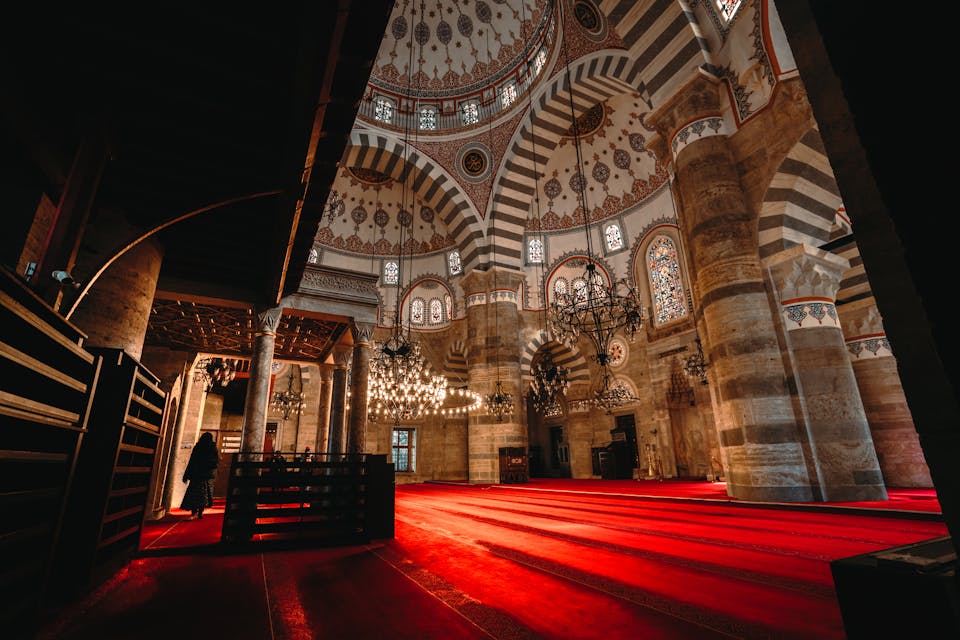
2. Chora Church Istanbul (Mosque)
2.1 Historical Significance and Artistic Heritage
The Chora Church, now known as the Kariye Museum or Kariye Mosque, is a treasure trove of Byzantine art and history. Originally constructed as a church in the early 5th century, it was later converted into a mosque during the Ottoman era, adding layers to its rich historical narrative.
2.2 Mosaics and Frescoes
The church’s interior is adorned with some of the most exquisite Byzantine mosaics and frescoes, depicting scenes from the Bible with unparalleled detail and vibrancy. These artworks are celebrated for their artistic and historical significance, offering a rare glimpse into the religious and cultural life of the Byzantine period. The Chora Church’s transition to a mosque underscores Istanbul's complex history, making it a must-visit for those interested in the city’s layered past.
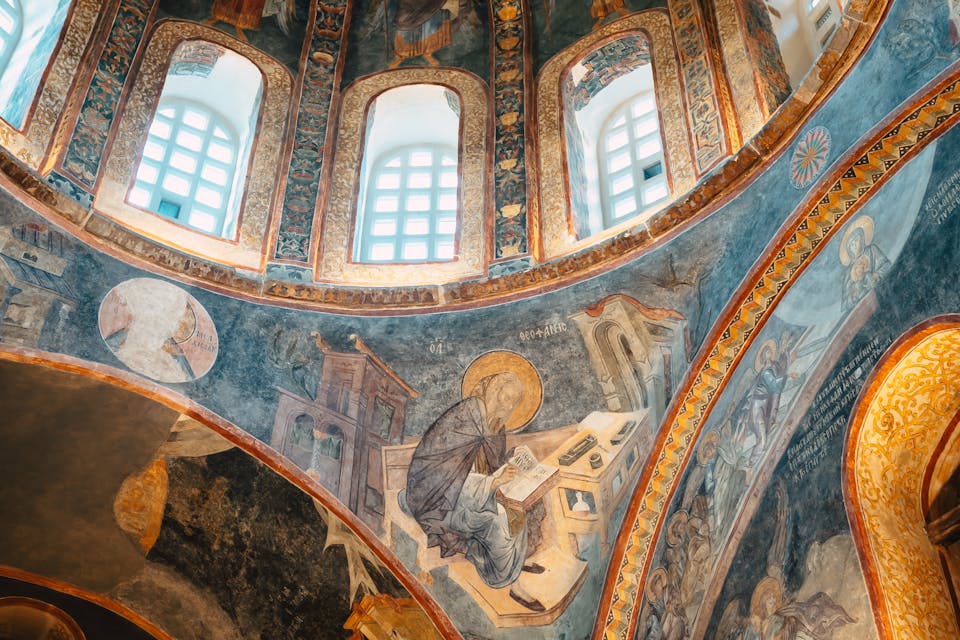
3. Fatih Mosque
3.1 A Landmark of Ottoman Conquest
The Fatih Mosque is a monumental testament to Istanbul’s transition from Byzantine to Ottoman rule. Located in the Fatih district, this mosque was constructed in the late 15th century by Sultan Mehmed II, who is renowned for his conquest of Constantinople. The mosque was built on the site of the Church of the Holy Apostles, one of the most revered churches of the Byzantine Empire.
3.2 Architectural Fusion and Historical Impact
The Fatih Mosque exemplifies a harmonious blend of Ottoman and Byzantine architectural styles. Its grand dome and expansive courtyard reflect the mosque’s significance as a center of worship and community life. The architectural design, with its intricate tile work and imposing structure, symbolizes the enduring impact of the Ottoman Empire on Istanbul’s skyline and cultural landscape.

4. Hagia Sophia
4.1 A Symbol of Istanbul’s Diverse Heritage
The Hagia Sophia stands as one of Istanbul’s most iconic landmarks and a symbol of the city’s rich and diverse history. Originally constructed as a Christian cathedral by Emperor Justinian I in 537 AD, it was transformed into a mosque following the Ottoman conquest of Constantinople in 1453. Today, it serves as a museum, reflecting the city’s unique blend of cultures and religions.
4.2 Architectural and Cultural Marvel
The Hagia Sophia’s architectural splendor is highlighted by its massive dome, which seems to float above the central nave. The interior is adorned with a captivating mix of Byzantine mosaics, Ottoman calligraphy, and marble columns, creating a space that is both awe-inspiring and serene. The Hagia Sophia’s ability to seamlessly integrate different artistic and architectural traditions makes it a quintessential symbol of Istanbul’s historical and cultural evolution.
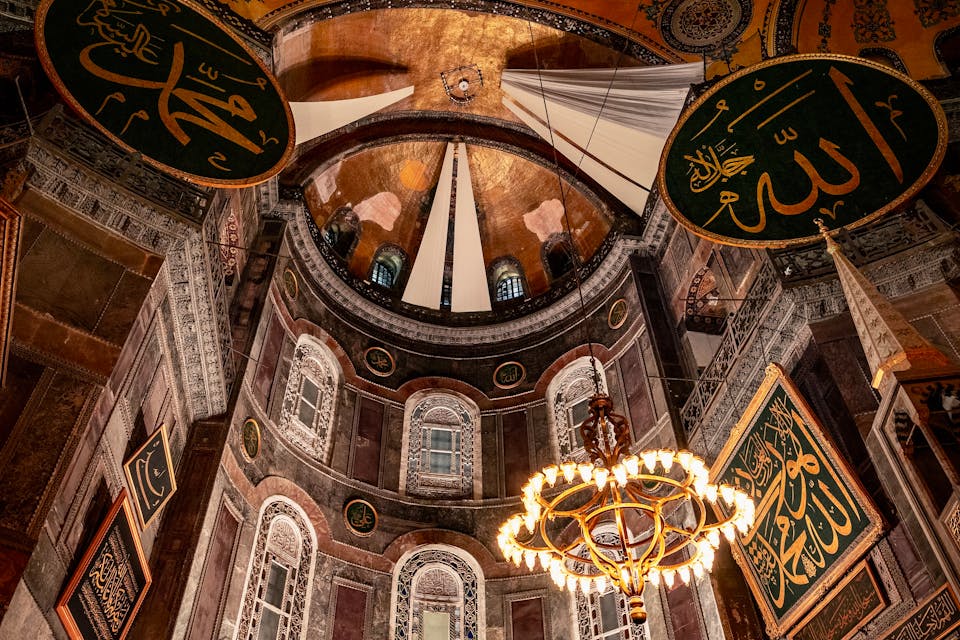
5. Suleymaniye Mosque
5.1 Mimar Sinan’s Grand Design
The Suleymaniye Mosque is another masterpiece by Mimar Sinan, showcasing his unparalleled skill in mosque design. Completed in 1557 during the reign of Suleiman the Magnificent, this mosque is celebrated for its grandeur and symmetry.
5.2 Complex and Surroundings
The mosque complex includes a vast courtyard, a medrese (theological school), a library, and a series of charitable buildings. These features reflect its role as a center of both religious and educational life in the Ottoman Empire. The mosque’s design, with its grand dome and harmonious proportions, emphasizes both beauty and functionality, making it a key example of Ottoman architectural excellence.
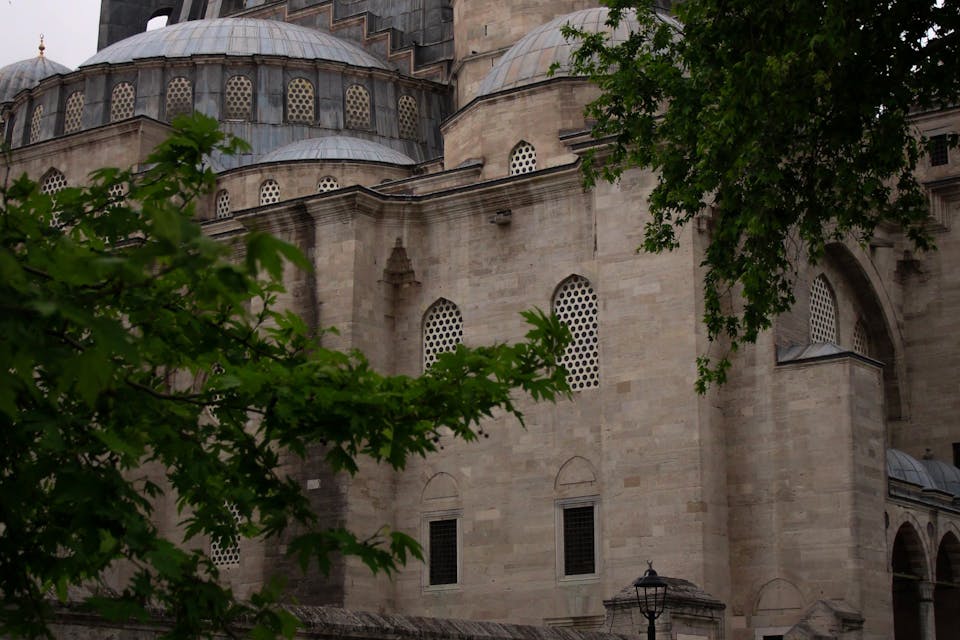
6. Blue Mosque Istanbul
6.1 The Iconic Sultan Ahmed Mosque
The Blue Mosque, officially known as the Sultan Ahmed Mosque, is renowned for its stunning blue İznik tiles that adorn its interior. Constructed between 1609 and 1616 during the reign of Sultan Ahmed I, the mosque combines elements of Byzantine and Ottoman architecture to create a visually striking and harmonious structure.
6.2 Architectural Grandeur and Cultural Significance
The mosque’s six minarets and grand central dome are defining features that contribute to its iconic status. Inside, the rich blue tiles, intricate patterns, and stained glass windows create a serene and enchanting atmosphere. The Blue Mosque is not only a place of worship but also a cultural and architectural landmark that represents the grandeur of Ottoman design.
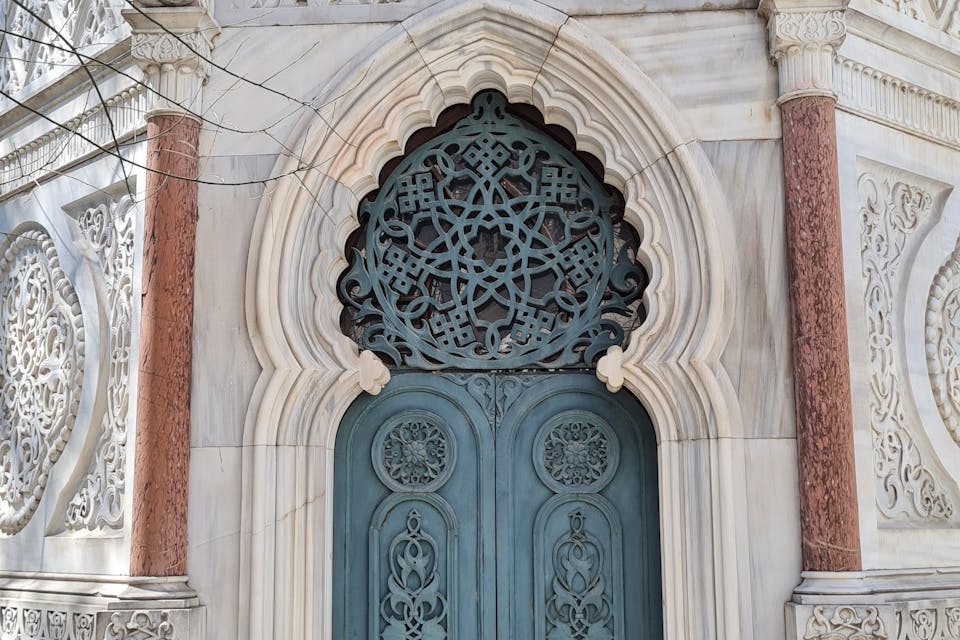
7. Ortaköy Mosque
7.1 A Gem of Ottoman Baroque Architecture
The Ortaköy Mosque is a stunning example of Ottoman Baroque architecture, located on the waterfront in the Ortaköy neighborhood. Completed in 1853, this mosque is celebrated for its intricate stonework and its picturesque location overlooking the Bosphorus.
7.2 Picturesque Setting and Design
The mosque’s ornate facade and elegant interior are complemented by its scenic backdrop, making it a popular spot for both locals and tourists. The mosque’s design, with its decorative details and charming location, adds to its appeal as a beloved landmark in Istanbul. Its location by the water enhances its beauty, providing a stunning view and a serene environment for visitors.
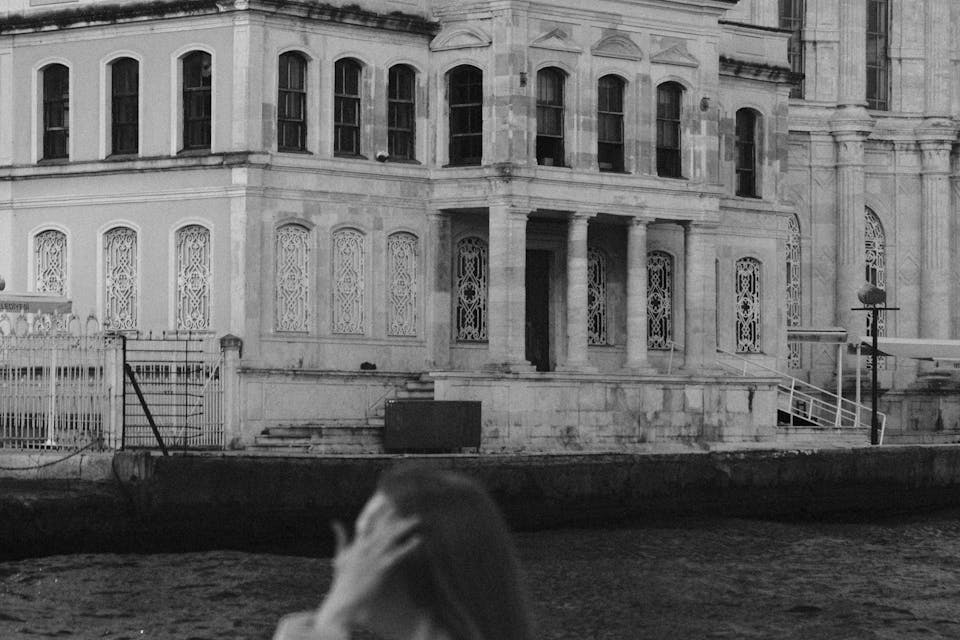
8. Çamlıca Republic Mosque
8.1 A Modern Symbol of Religious Heritage
The Çamlıca Republic Mosque, inaugurated in 2019, is the largest mosque in Turkey and a modern symbol of the country’s religious heritage. Situated on Çamlıca Hill, it offers panoramic views of Istanbul and represents a contemporary approach to mosque architecture.
8.2 Impressive Scale and Design
The mosque features a massive prayer hall, expansive courtyards, and towering minarets, combining modern architectural techniques with traditional Ottoman aesthetics. The design reflects a blend of past and present, honoring Turkey’s rich architectural legacy while embracing modernity. The Çamlıca Mosque stands as a testament to the evolution of Turkish mosque architecture and its continuing significance in contemporary society.